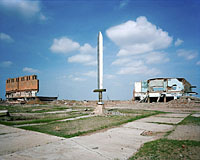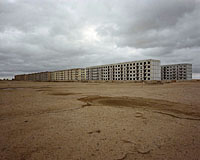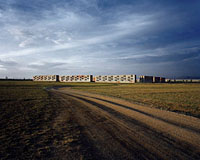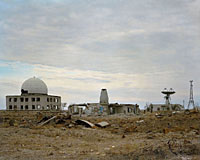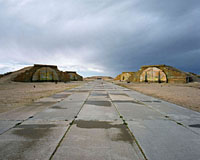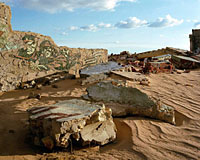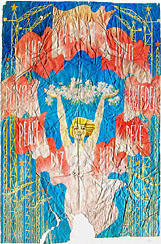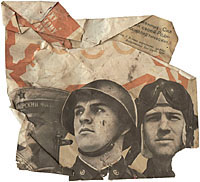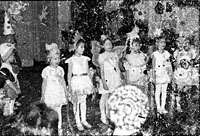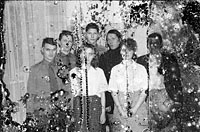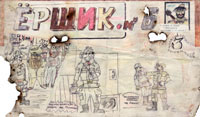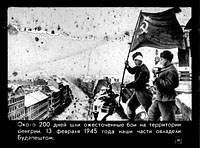Traces of the Soviet Empire
Eric Lusito has travelled as an archaeologist throughout the former Soviet world from East Germany to Mongolia, from Poland to Kazakhstan, in search of these military bases that embodied the ambition and the might of the USSR.
These now decaying military buildings and structures, sites hidden for so long which formed the very heart of the Soviet system, with their symbols of the all-powerful Soviet Empire once seemingly inviolable, illuminate and inform our understanding of the power and influence the military held over the people of the Soviet bloc countries, and in turn they reflect the decay of the Empire itself. Ruins of a recently defunct civilization, these sites of power are doomed to disappear in the course of time. The military departed but much else was just left behind.
In the Soviet Union more than elsewhere, the feeling of “reality” was built upon ideological representations spun by the political system. This political power had the will and the mastery to harness the talent of artists to rally society together with a totally new Soviet culture. For millions of workers throughout the world, sustained with the image of a “country of bread and roses” their wait implied the building of a dream, but also the building of an inevitable lie caused by the gap between the Eden created by propaganda and the daily reality.
The work is based in the form of a photographic record of the land, architecture and found images - from another time, another space, another world.
A generation after the collapse of the USSR, "Traces of the Soviet Empire" is a reflection on power and the passage of time.
Fine Art Prints:
30*37,5cm, edition of 10
60*75 cm, edition of 5+2AP
100*125 cm, edition of 3+2AP


